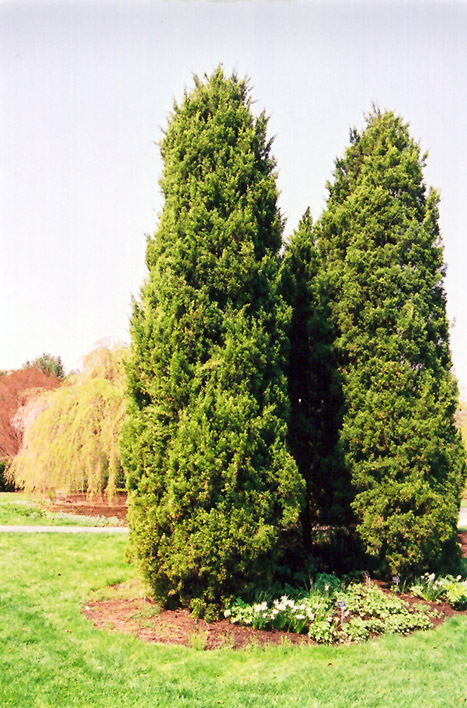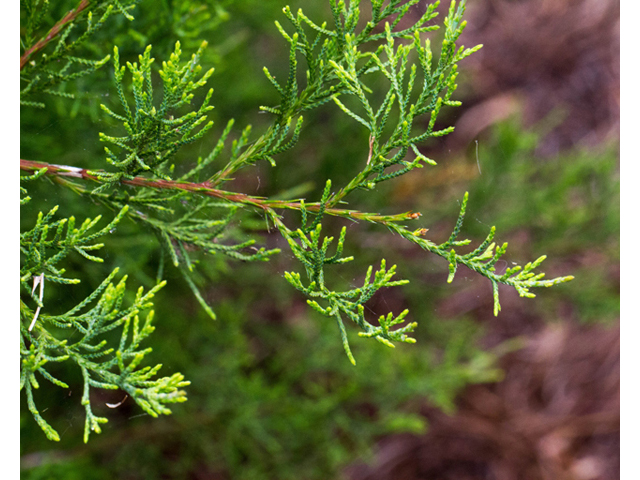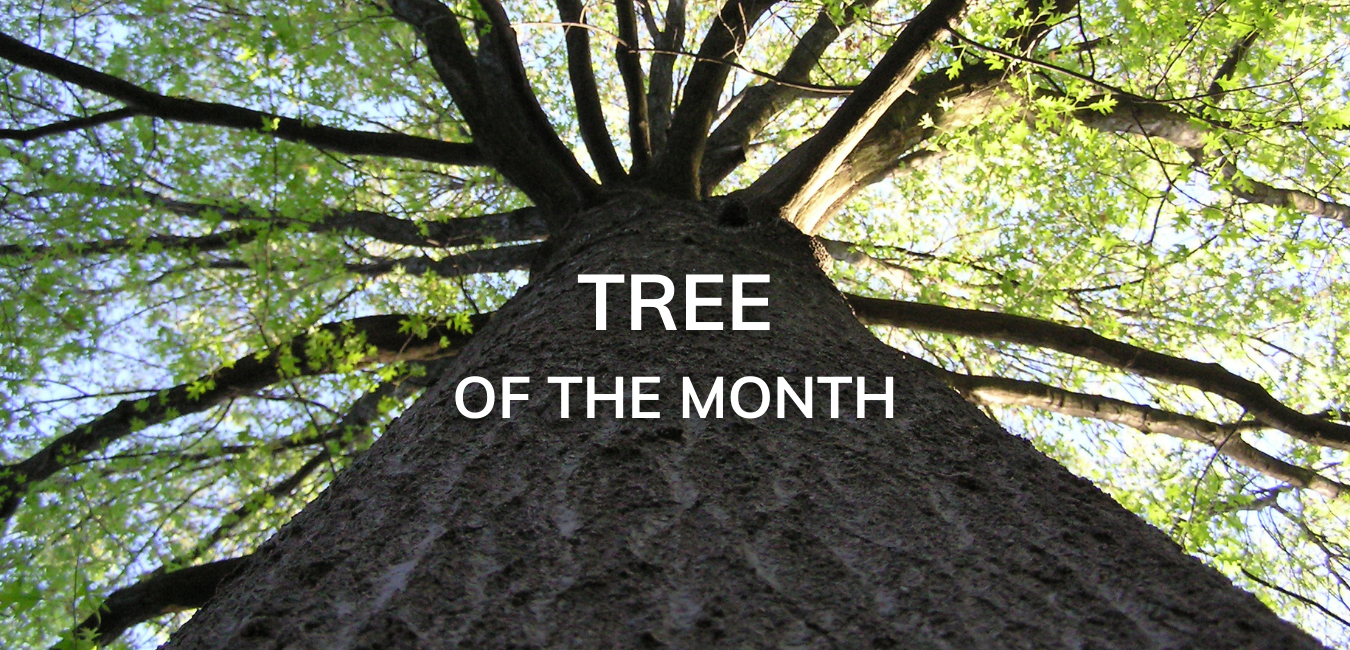
Photo: Connon Nurseries 
Photo: James Garland Holmes
Despite what you might think, the eastern red cedar is not a cedar at all, but a juniper (hence the latin name, Juniperus virginiana). While more commonly found in eastern Ontario, the eastern red cedar is also found along Lake Huron, Lake Erie, Georgian Bay, and even grows as far north as the French River.
It grows well in dry soils and harsh conditions, and it is often found on roadsides and in abandoned fields. In fact, the eastern red cedar even grows well when exposed to salt spray from the road. This tree grows up to 10 metres tall and prefers well-drained loamy, sandy, or rocky soils with a high pH. There are two leaves on this tree, both are bluish-green leaves; however, one is a sharply pointed needle and the other is a softer, more rounded scale leaf. The cones of an eastern red cedar are a deep blue and look like a berry with a bluish-white powder on the surface. The bark is reddish-brown and grows in narrow strips. The eastern red cedar is important for wildlife; the cones are an important food source for many birds and the foliage provides shelter.
Fun Fact: The seeds found in the cones of an eastern red cedar are popular amongst seed-eating birds. Because of this, it is common to find isolated and scattered pockets of the tree growing near lakes and on bird migration routes.
References
https://www.ontario.ca/page/eastern-redcedar
https://www.uoguelph.ca/arboretum/thingstosee/trees/easternredcedar
https://www.friendsofthewildflowergarden.org/pages/plants/easternredcedar.html
Image Sources
Connon Nurseries. “Eastern Redcedar.”
Holmes, James Garland. Wildflower Center Digital Library. “Juniperus virginiana”


